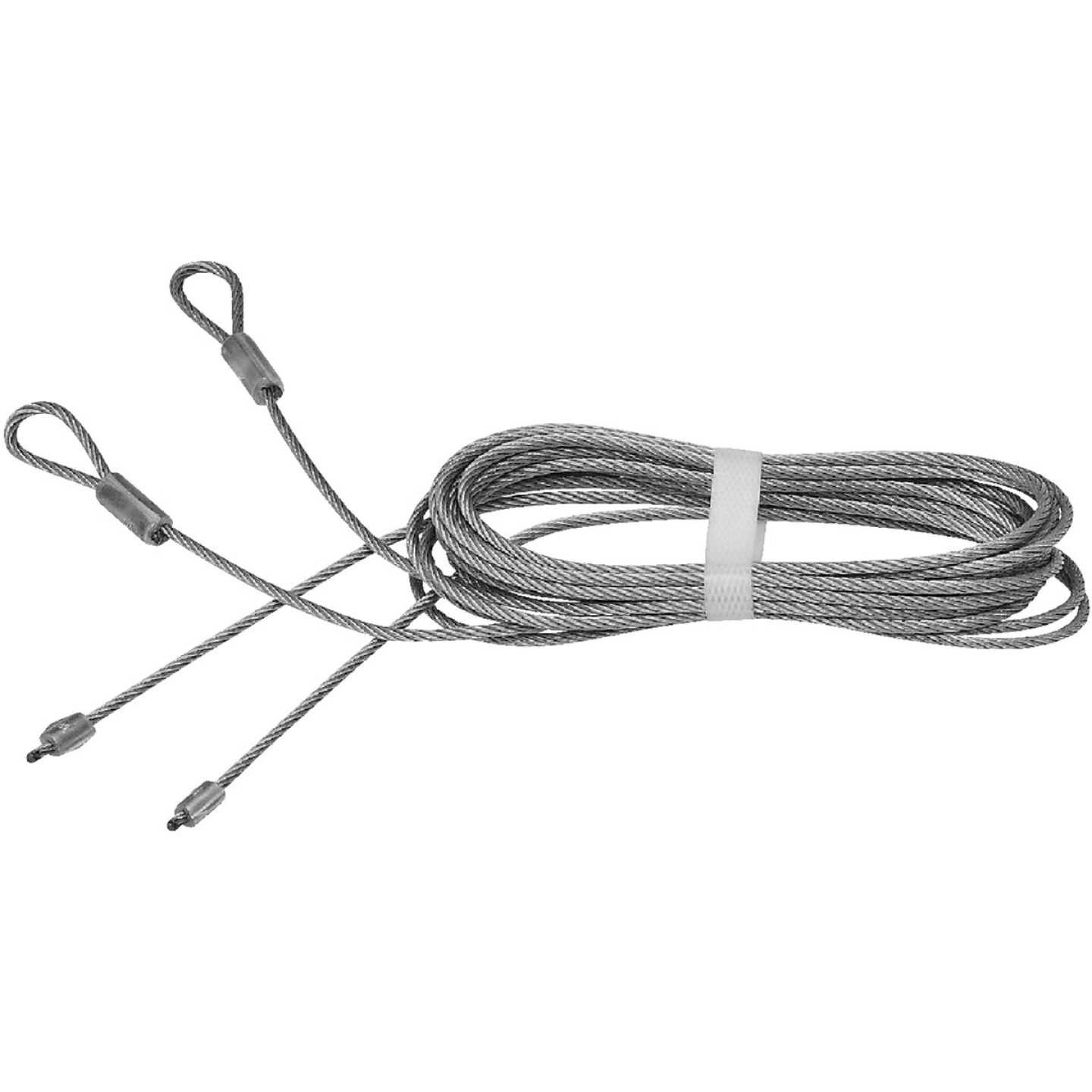One common issue homeowners face is a damaged or frayed garage door torsion cable. If you find yourself in this situation, don't worry – replacing a garage door torsion cable is a manageable task if approached with caution and the right knowledge. In this comprehensive guide, we'll walk you through the step-by-step process of replacing a garage door torsion cable.
Before You Begin:
- Safety First:
Before attempting any garage door repair, prioritize safety. Ensure that the door is fully closed, and disconnect the power to the garage door opener. Additionally, wear safety glasses and gloves to protect yourself from potential injuries.
- Gather Tools and Materials:
You'll need a few tools and materials for this task, including a winding bar, vice grips, a wrench, a socket set, and a new garage door torsion cable. Make sure to purchase the correct cable size and length for your specific garage door model.
Step-by-Step Guide:
Step 1: Identify the Problem:
Start by inspecting the garage door torsion system to identify the damaged cable. Look for any fraying, rust, or visible signs of wear. If only one cable is damaged, it's generally recommended to replace both cables at the same time to ensure balanced tension.
Step 2: Release Tension:
Use a winding bar to release the tension on the garage door torsion springs. Insert the winding bar into one of the winding cone holes and turn it slightly in the opposite direction of the spring's wind. This will release the tension on the cable.
Step 3: Disconnect the Old Cable:
Using vice grips, secure the torsion cable to the bottom bracket. Next, use a wrench to loosen the set screws on the cable drum. Once the screws are loose, slide the cable out of the drum and remove it from the garage door.
Step 4: Install the New Cable:
Thread the new garage door torsion cable through the bottom bracket and secure it with vice grips. Wind the cable around the cable drum, making sure it sits evenly. Tighten the set screws on the drum to secure the cable in place.
Step 5: Reapply Tension:
Using the winding bar, apply tension to the garage door torsion springs by turning the winding cone in the direction of the spring's wind. Be cautious and follow the manufacturer's recommendations for the number of turns required based on the weight of your garage door.
Step 6: Test the Door:
Once you've reinstalled the cable and applied tension to the springs, test the garage door by manually lifting and lowering it a few times. Ensure that the door moves smoothly and without any issues.
Conclusion:
By following these steps, you can successfully replace a garage door torsion cable and restore your garage door to optimal functionality. However, if you are uncomfortable with any part of the process or encounter difficulties, it's always best to consult with a professional garage door technician to ensure the safety and proper functioning of your garage door system. Regular maintenance and prompt repairs will contribute to the longevity of your garage door and enhance the overall safety and security of your home.

